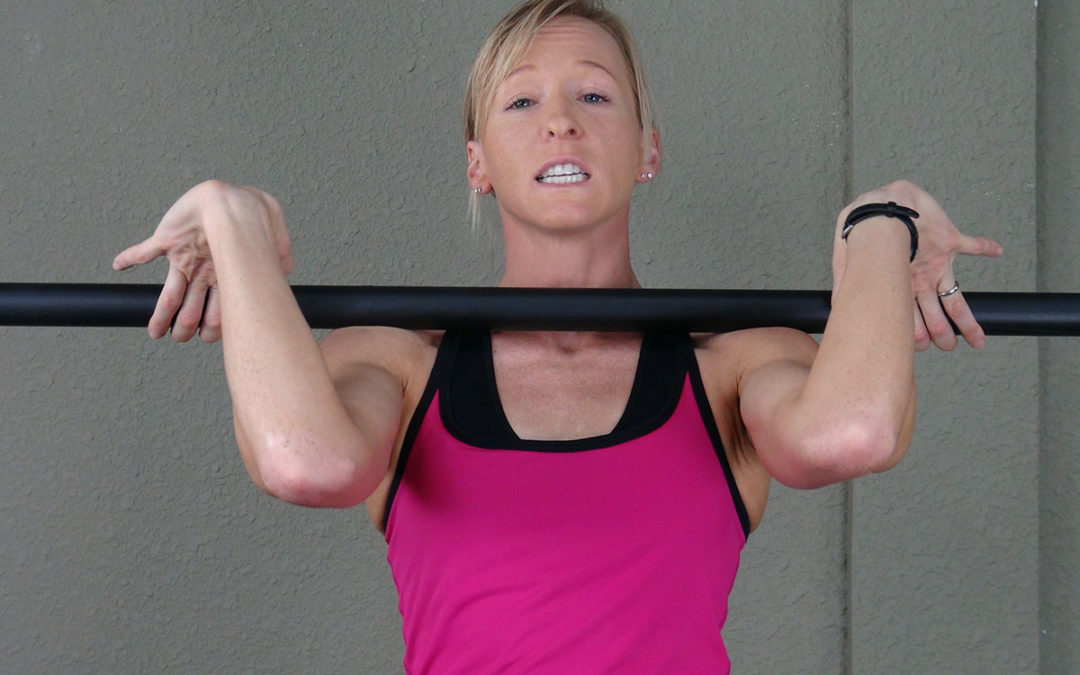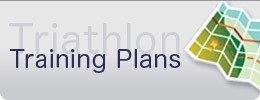In our previous blog post, we suggested upper body exercises focusing on the core for stability and the shoulders for mobility and injury prevention. Let’s now talk about lower body strength.
Even though we spend the majority of our time during triathlon on our legs, it does not mean that anyone should ever assume that their legs are strong and stable enough as they are without strength work. For one, running and riding work the body in a single direction—front to back (sagittal plane of motion). Unfortunately, lateral movement is entirely avoided on the bike and running doesn’t work those muscles very much either.
Strength training will help develop these stabilizer muscles and help reprogram your movements to utilize the correct muscles when you run or bike.
Quad Dominant Athletes—Do These Exercises to Work Your Glutes and Hips
Many triathletes rely too heavily on their quads to generate power on the bike and during the run. This is not only inefficient, but it can lead to injuries down the road, particularly in the knees. Changing your running form to increase your cadence and shorten your stride, for example, can help reduce the load that you put on your quads.
Another way to transfer the power to other muscles is by working the glutes, hips, hamstrings and lower back. Here are four exercises to strengthen your glutes and hips:
Elasticity in Your Lower Legs Lets You Run Fast
While running, humans generate a large percent of their overall power from the tendons and muscles in the lower legs and feet. Without this elasticity, it would be virtually impossible for most people to run faster than a brisk jog. To visualize this, look at the arch in your foot. This arch acts like a spring, compressing when you land and releasing as it pushes you back up off the ground.
The muscles and tendons in your ankles and calves are even stronger, more powerful springs. You can increase this elasticity in your legs by doing Calf Raises, short sprints of 40 to 80 meters with plenty of rest and plyometrics that focus on jumping and skipping.
Small box jumps (jumping down from a small box and exploding upwards very quickly upon landing) are a great way to build this explosive elasticity not just in your lower legs, but in your upper legs as well. Large box jumps are more for generating maximum power from your glutes, hamstrings, and quads, and can also be incorporated but are not necessarily good for generating lower leg elasticity.
Because of the explosive nature of plyometrics, they should be performed on fresh legs and for a limited number of repetitions and sets. For example, do 2 sets of 8-10 reps.
Squats to Increase Maximum Strength
Unlike calf raises or hamstring curls, which both isolate a few muscles for activation, squatting uses everything in your lower body including your back and core. Squats are the single best way to increase the maximal strength that your legs, including glutes, can generate.
Be careful with any type of heavy back squatting as knee and back injuries are a risk once you increase the weight to more than 70 percent of your body weight (for single leg squats, you should never be doing heavy weight).
Here are seven variations of squats from roughly ranked in order from least to most difficult:
- Exercise Ball Squat Against the Wall
- Squat with Dumbbells
- Split Leg Squat
- Back Squat with Barbell
- Overhead Squat with Bar
- Front Squat
- Single Leg Squat
Please note: If you’re unsure how to do an exercise properly, be sure to reach out to qualified fitness professional who can demonstrate proper form and correct your form when you perform the exercise.


